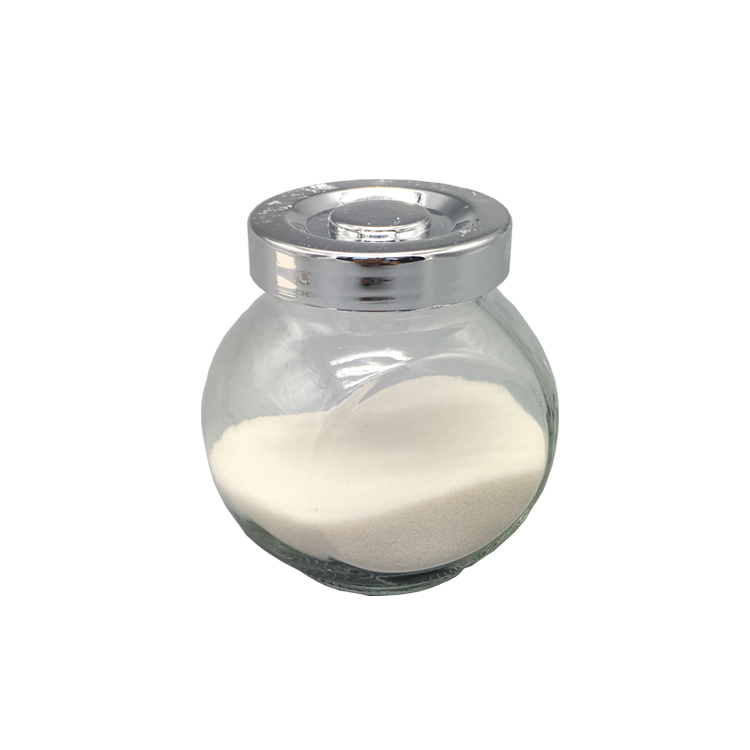With the rapid development of 5G, artificial intelligence (AI) and the Internet of Things (IoT), the demand for high-performance materials in the semiconductor industry has increased dramatically. Zirconium tetrachloride (ZrCl₄), as an important semiconductor material, has become an indispensable raw material for advanced process chips (such as 3nm/2nm) due to its key role in the preparation of high-k films.
Zirconium tetrachloride and high-k films
In semiconductor manufacturing, high-k films are one of the key materials for improving chip performance. As the process of continuous shrinking of the traditional silicon-based gate dielectric materials (such as SiO₂), their thickness approaches the physical limit, resulting in increased leakage and a significant increase in power consumption. High-k materials (such as zirconium oxide, hafnium oxide, etc.) can effectively increase the physical thickness of the dielectric layer, reduce the tunneling effect, and thus improve the stability and performance of electronic devices.
Zirconium tetrachloride is an important precursor for the preparation of high-k films. Zirconium tetrachloride can be converted into high-purity zirconium oxide films through processes such as chemical vapor deposition (CVD) or atomic layer deposition (ALD). These films have excellent dielectric properties and can significantly improve the performance and energy efficiency of chips. For example, TSMC introduced a variety of new materials and process improvements in its 2nm process, including the application of high dielectric constant films, which achieved an increase in transistor density and a reduction in power consumption.


Global Supply Chain Dynamics
In the global semiconductor supply chain, the supply and production pattern of zirconium tetrachloride are crucial to the development of the industry. At present, countries and regions such as China, the United States and Japan occupy an important position in the production of zirconium tetrachloride and related high dielectric constant materials.
Technological breakthroughs and future prospects
Technological breakthroughs are the key factors in promoting the application of zirconium tetrachloride in the semiconductor industry. In recent years, the optimization of atomic layer deposition (ALD) process has become a research hotspot. The ALD process can accurately control the thickness and uniformity of the film at the nanoscale, thereby improving the quality of high dielectric constant films. For example, the research group of Liu Lei of Peking University prepared a high dielectric constant amorphous film by wet chemical method and successfully applied it to two-dimensional semiconductor electronic devices.
In addition, as semiconductor processes continue to advance to smaller sizes, the application scope of zirconium tetrachloride is also expanding. For example, TSMC plans to achieve mass production of 2nm technology in the second half of 2025, and Samsung is also actively promoting the research and development of its 2nm process. The realization of these advanced processes is inseparable from the support of high-dielectric constant films, and zirconium tetrachloride, as a key raw material, is of self-evident importance.
In summary, the key role of zirconium tetrachloride in the semiconductor industry is becoming increasingly prominent. With the popularization of 5G, AI and the Internet of Things, the demand for high-performance chips continues to increase. Zirconium tetrachloride, as an important precursor of high-dielectric constant films, will play an irreplaceable role in promoting the development of next-generation chip technology. In the future, with the continuous advancement of technology and the optimization of the global supply chain, the application prospects of zirconium tetrachloride will be broader.
Post time: Apr-14-2025